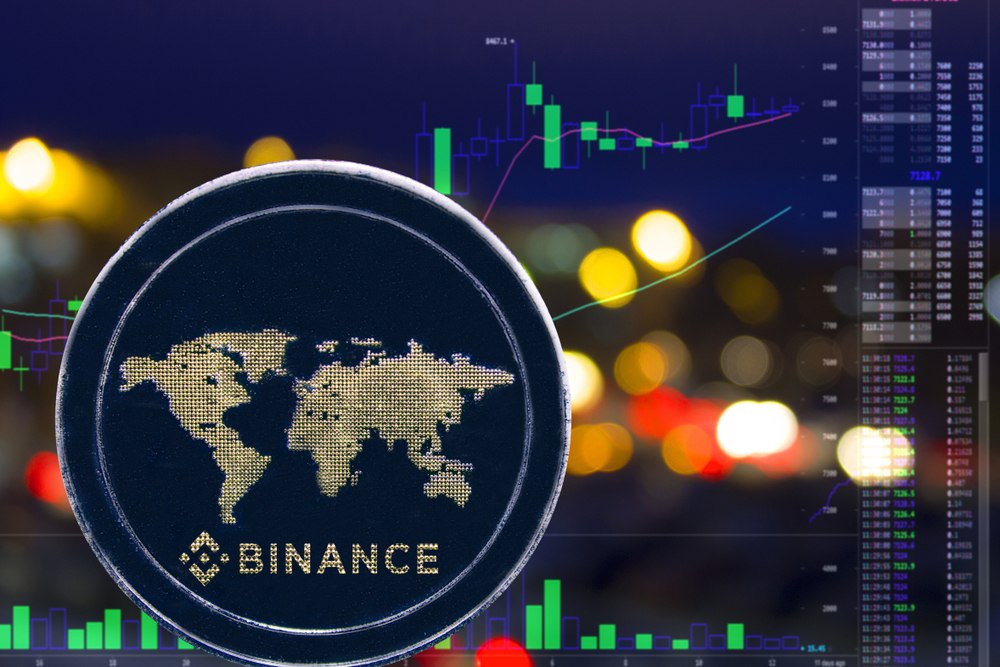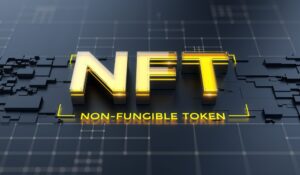The NFT industry is seeing a resurgence in 2023 after a challenging period in 2022, marked by a “crypto winter” and a significant decline in crypto prices. However, the industry is bouncing back stronger.
One of the key reasons for this resurgence is the adoption of NFTs and the Metaverse by more and more brands for marketing and customer engagement purposes.
Binance, the leading crypto exchange, has recently released an AI-powered NFT generator called Bicasso, which is currently in test mode. The app has been churning out NFTs at an impressive pace, with 10,000 NFTs minted in just two and a half hours.
This move is expected to revolutionize the NFT industry and create new opportunities for artists and collectors. In addition, the increasing adoption of NFTs by brands and businesses is a significant driver of the NFT industry’s growth.
NFTs offer unique and immersive experiences to customers, which helps businesses to engage with their audience in a more meaningful way. Brands also use NFTs to reward loyal customers and create a sense of exclusivity and community around their products and services.
Changpeng Zhao, the CEO of Binance, has stated that users can now turn their creative visions into NFTs with the help of the AI-powered NFT generator, Bicasso. He also mentioned that AI was being pushed to its limits due to the high demand for NFT creation, but they are working on scaling their systems to meet the demand.
How Bicasso NFT Generator Works
AI generative art is an exciting and rapidly growing field that uses artificial intelligence to create unique and original art pieces. AI generative art uses natural language processing (NLP) to understand user input and generate new images based on that input.
The process involves a combination of machine learning algorithms, deep learning, and other AI techniques to create high-profile NFTs in high demand. For example, Binance’s AI-powered NFT generator, Bicasso, is a perfect example of how AI generative artworks.
It uses NLP to understand user input, such as images, videos, and other multimedia content. Once it has received the user’s input, the system uses machine learning algorithms and deep learning to analyze and interpret the data.
The system then generates new images or multimedia content based on the user’s input and the algorithms it has learned. Bicasso is similar to popular AI art generators such as Dall-e and Midjorney.
The Future of AI Generative Art in the NFT Industry
Several high-profile examples have demonstrated the potential of AI generative art to create valuable and unique NFTs. One example is the Taylor Hobbs NFT, created using AI and sold for over $400,000. The NFT was based on the artist’s original painting and fed into an AI system that generated a series of unique variations. The resulting images were then tokenized and sold as a one-of-a-kind NFT.
Another interesting use case for AI generative art is transforming existing artwork into AI-powered art. One example is when Google Cloud AI was used to transform the entire Bored Ape Yacht Club (BAYC) collection into a series of AI-powered art pieces.
The AI system analyzed the entire collection of BAYC NFTs and used machine learning algorithms to create unique variations of each piece. The resulting art pieces were then tokenized and sold as a new series of NFTs.
Disclaimer: NFTs and Cryptocurrencies are highly volatile, conduct your own research before making any investment decisions. Some of the posts on this website are guest posts or paid posts that are not written by our authors (namely Business Voices content) and the views expressed in these types of posts do not reflect the views of this website. Please read our full disclaimer here.




